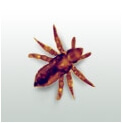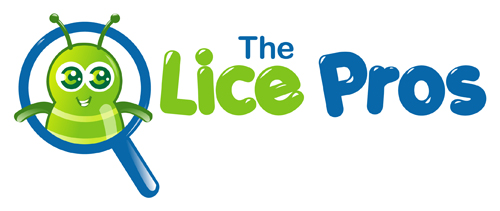1. WHAT ARE HEAD LICE?
The head louse, or Pediculus humanus capitis, is a parasitic insect that can be found on the head and, more rarely, the eyebrows and eyelashes of people. Head lice feed on human blood several times a day and live close to the scalp to maintain their body temperature.
2. WHAT DO HEAD LICE LOOK LIKE?
Head lice have a life cycle with three stages:
 | EGG/Nits: These are lice eggs laid by the adult female louse at the base of the hair shaft near the scalp. The eggs are firmly attached to the hair shaft and are oval-shaped and very small and hard to see. Eggs vary in color from clear to light brown to yellowish-white. They are often confused with dandruff, scabs, or hair spray droplets. Eggs are usually located no more than 1/4 inch (0.635cm) from the base of the hair shaft. |
 | Nymphs: A nymph is the immature louse that has recently hatched from the egg. Nymphs look like adult lice, but are smaller. Nymphs mature after 3 molts. Like adult lice, nymphs must feed regularly on human blood. |
 | Adults: The fully grown adult louse is about the size of a sesame seed, has six legs, and is tan to grayish-white in color. To survive, adult lice must feed on blood. An adult head louse can live about 30 days on a person’s head, but will die within 24-48 hours if it falls off a person or is removed. |
3. WHAT IS THE LIFE SPAN OF HEAD LICE?
Eggs: Eggs usually take about 8-9 days to hatch.
Nymphs: Nymphs mature into adults about 9-12 days after hatching from the egg.
Adults: Adult lice can live about 30 days on a person’s head. If they come off the host, they will usually die within 24-48 hours.
